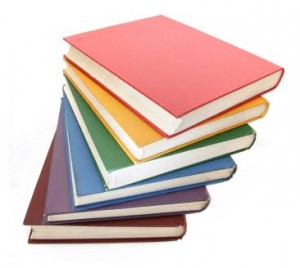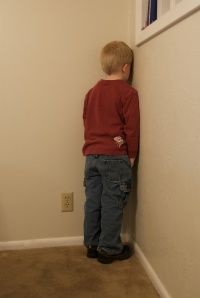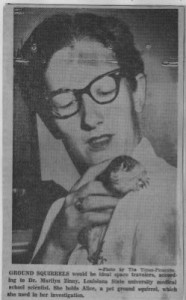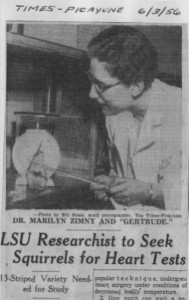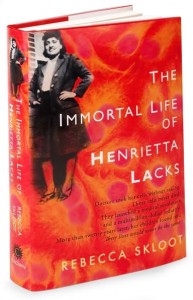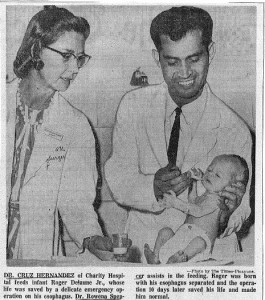 This monthÔÇÖs featured faculty publications are now on display! Eight new articles authored by LSUHSC-NO researchers have been added to the display in the LibraryÔÇÖs Reference area (near the Library elevator) on the third floor of the Resource Center Building. These items are also part of the LibraryÔÇÖs Faculty Publications Database.
This monthÔÇÖs featured faculty publications are now on display! Eight new articles authored by LSUHSC-NO researchers have been added to the display in the LibraryÔÇÖs Reference area (near the Library elevator) on the third floor of the Resource Center Building. These items are also part of the LibraryÔÇÖs Faculty Publications Database.
The Faculty Publications Database includes publications authored by at least one member of the LSUHSC-New Orleans faculty, 1998 ÔÇô present. Access to this database is available to the public. The database is linked from the Library web page?áhere. This page includes a handy link to a?áPDF?áof the monthly bibliography of display articles. To add your faculty publications, or for questions about this database, contact?áKathy Kerdolff.
LSUHSC-NO authors are shown in bold print:
1. Atencio DC, Gachiani JM, Richter EO. ÔÇ£Air embolus to arachnoid cyst as a rare delayed complication of intrathecal medication delivery.ÔÇØ?á Neuromodulation.?á2012; 15(1): 35-38.
2.?áColeman MT, Pasternak RH. ÔÇ£Effective strategies for behavior change.ÔÇØ?á Primary Care: Clinics in Office Practice.?á2012; 39(2): 281-305.
3.?áHonore PA, Stefanak M, Dessens S. ÔÇ£Anatomy of a public health agency turnaround: The case of the General Health District in Mahoning County.ÔÇØ?áJournal of Public Health Management & Practice.?á2012; 18(4): 364-371.
4.?áLedet EM, Sartor O, Rayford W, Bailey-Wilson JE, Mandal DM. ÔÇ£Suggestive evidence of linkage identified at chromosomes 12q24 and 2p16 in African American prostate cancer families from Louisiana.”?áProstate.?á2012; 72(9): 938-947.
5.?áLisch W, Bron AJ, Munier FL, Schorderet DF, Tiab L, Lange C, Saikia P, Reinhard T, Weiss JS, Gundlach E, Pleyer U, Lisch C, Auw-Haedrich C. ÔÇ£Franceschetti hereditary recurrent corneal erosion.ÔÇØ?áAmerican Journal of Ophthalmology.?á2012; 153(6): 1073-1081.
6.?áOpelka FG, Rosinia FA. ÔÇ£The surgical quality alliance.ÔÇØ?á Anesthesiology.?á2012; 117(6): 1-2.
7.?áPan B, Waguespack J, Schnee ME, LeBlanc C, Ricci AJ, Amer Physiological Soc. ÔÇ£Permeation properties of the hair cell mechanotransducer channel provide insight into its molecular structure.ÔÇØ?áJournal of Neurophysiology.?á2012; 107(9): 2408-2420.
8.?áTokg?Âz Z, Siepmann TJ, Streich Jr. F, Kumar B, Klein JM, Haas AL. ÔÇ£E1-E2 interactions in ubiquitin and Nedd8 ligation pathways.ÔÇØ?áJournal of Biological Chemistry.?á2012; 287(1): 311-321.
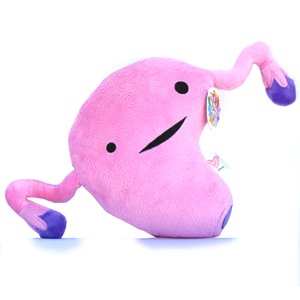

 myLSUHSC
myLSUHSC